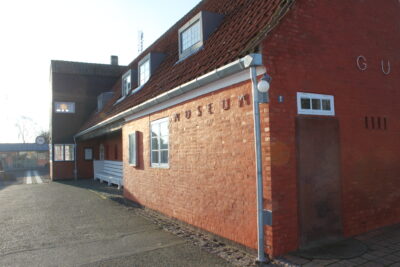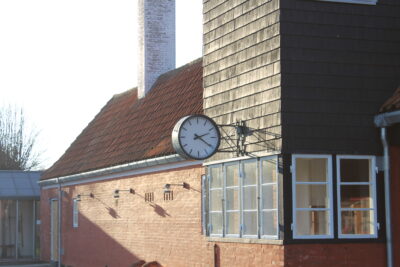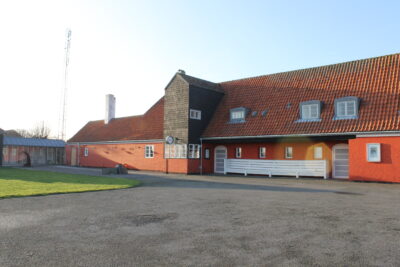
The station building was converted into a museum where the works of Bornholm painters, ceramists and sculptors could be exhibited.
Unfortunately, the building was not very suitable as a museum, so they worked very hard to get funds for an extension, where exhibitions, concerts and also wanted to be able to hold lectures for the public. By the end of the 1980s, enough funds had finally been raised to build an extension. The new building was designed by architect Niels Frithiof Truelsen and inaugurated in 1991.

Although the museum now had plenty of space for exhibitions, there was still a space problem. The problem was that there was a lack of storage space. Over time, the museum has acquired a number of effects that are not permanently on display. Fortunately, a solution was found in 2001, when a warehouse built for the new exhibition space was inaugurated.
The museum has some permanent exhibitions, including works by painter and graphic artist Sigurd Vasegaard and a collection of sketches by Oluf Høst. In the main building of the museum, the station, there is a small local history room on the first floor.

If you are interested in weaving, there are courses where you can sign up.
The people associated with the museum are from the board and work voluntarily.
